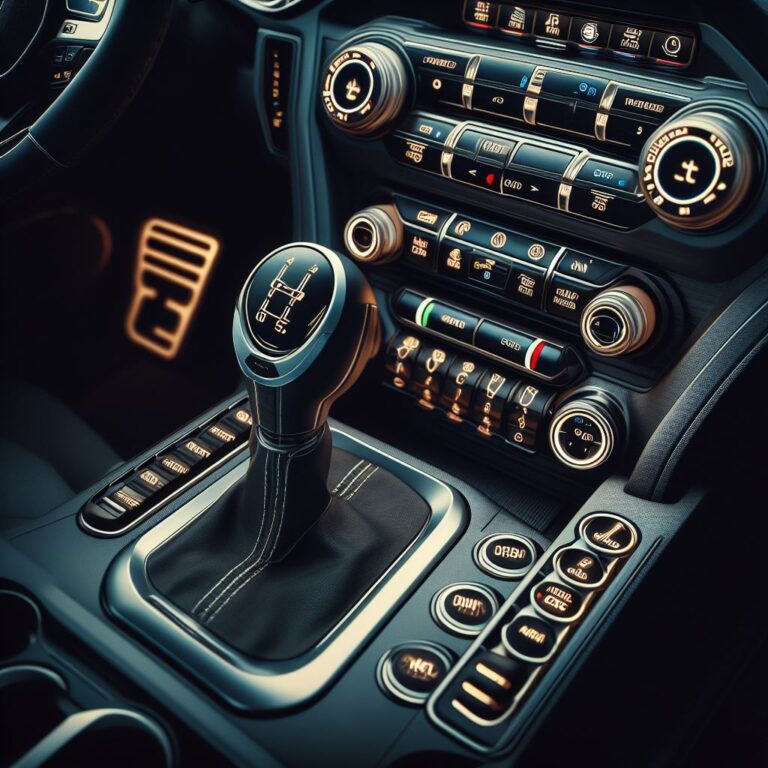In the ever-evolving landscape of automotive technology, touchscreen have become ubiquitous in modern vehicles. These sleek, digital interfaces offer convenience and a futuristic feel, but they also pose a significant safety risk. As drivers become increasingly reliant on touchscreens for basic functions, concerns about distraction and road safety have escalated.
The Overreliance on Touchscreens
Touchscreens are now the go-to method for adjusting climate controls, changing radio stations, and even activating turn signals. However, the problem lies in their overuse. When critical functions like windshield wipers, hazard lights, and the horn are buried within touchscreen menus, drivers must divert their attention from the road to navigate these digital interfaces. This split-second distraction can have dire consequences.
Euro NCAP’s New Tests: Encouraging Physical Controls
Recognizing the potential hazards, Euro NCAP (the European New Car Assessment Programme) is taking action. Starting in 2026, they will introduce new safety tests that incentivize car manufacturers to incorporate physical controls for essential functions. These tests will evaluate turn signals, hazard lights, windshield wipers, the horn, and SOS features.
Tesla and Ferrari: Caught in the Touchscreen Dilemma
Luxury automakers like Tesla and Ferrari have embraced touchscreens, moving various functions away from traditional buttons and switches. While this approach aligns with the sleek aesthetics of their vehicles, it may come at a cost. Euro NCAP’s new criteria could impact their safety ratings. Achieving a coveted five-star rating may prove challenging if critical controls remain buried in digital menus.
The War Stories Video: Racing AI and Deep Neural Networks
Beyond safety concerns, the automotive world is also exploring cutting-edge technologies. In a fascinating video titled “War Stories,” Dan Greenawalt, the creative director of the Forza franchise, delves into the development of racing artificial intelligence (AI). Using deep neural networks, game developers are creating AI opponents that adapt and learn from player behavior, enhancing the gaming experience.
Conclusion: Balancing Innovation and Safety
As car manufacturers continue to innovate, finding the right balance between technology and safety becomes paramount. Touchscreens offer convenience, but not at the expense of driver attention. Euro NCAP’s new tests signal a shift toward prioritizing physical controls, ensuring that drivers can operate essential functions without compromising safety.
Check out more articles like this at News Archives – Topic In One Article
